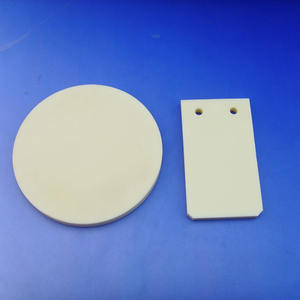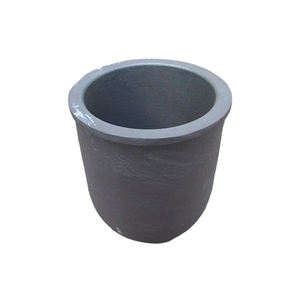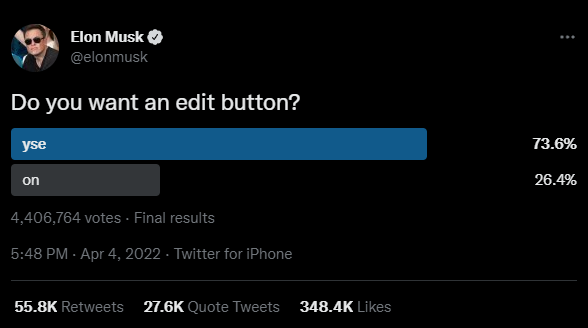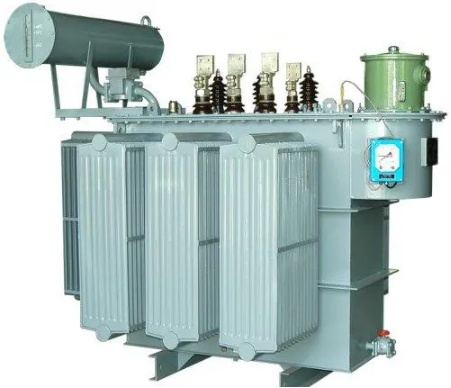1. hemical Nature and Architectural Characteristics
1.1 Molecular Composition and Self-Assembly Habits
(Calcium Stearate Powder)
Calcium stearate powder is a metallic soap created by the neutralization of stearic acid– a C18 saturated fatty acid– with calcium hydroxide or calcium oxide, generating the chemical formula Ca(C ₁₈ H ₃₅ O ₂)₂.
This compound belongs to the wider course of alkali planet steel soaps, which exhibit amphiphilic residential properties because of their dual molecular architecture: a polar, ionic “head” (the calcium ion) and two long, nonpolar hydrocarbon “tails” derived from stearic acid chains.
In the solid state, these particles self-assemble right into split lamellar structures via van der Waals communications between the hydrophobic tails, while the ionic calcium facilities give architectural cohesion using electrostatic forces.
This one-of-a-kind arrangement underpins its capability as both a water-repellent agent and a lubricant, making it possible for efficiency across diverse material systems.
The crystalline kind of calcium stearate is commonly monoclinic or triclinic, depending upon handling problems, and exhibits thermal stability up to around 150– 200 ° C before disintegration starts.
Its reduced solubility in water and most organic solvents makes it particularly appropriate for applications requiring consistent surface area modification without seeping.
1.2 Synthesis Paths and Business Production Techniques
Readily, calcium stearate is created using 2 key paths: straight saponification and metathesis response.
In the saponification procedure, stearic acid is reacted with calcium hydroxide in a liquid medium under regulated temperature level (commonly 80– 100 ° C), complied with by purification, cleaning, and spray drying to yield a penalty, free-flowing powder.
Alternatively, metathesis entails reacting sodium stearate with a soluble calcium salt such as calcium chloride, speeding up calcium stearate while producing sodium chloride as a result, which is then removed through considerable rinsing.
The choice of method influences particle size distribution, purity, and residual dampness material– essential specifications impacting performance in end-use applications.
High-purity qualities, specifically those meant for drugs or food-contact materials, go through additional purification actions to fulfill regulatory standards such as FCC (Food Chemicals Codex) or USP (USA Pharmacopeia).
( Calcium Stearate Powder)
Modern manufacturing facilities utilize continual activators and automated drying out systems to make certain batch-to-batch uniformity and scalability.
2. Practical Duties and Devices in Material Solution
2.1 Interior and Exterior Lubrication in Polymer Processing
One of one of the most crucial features of calcium stearate is as a multifunctional lubricant in polycarbonate and thermoset polymer production.
As an internal lubricant, it lowers thaw thickness by hindering intermolecular rubbing between polymer chains, assisting in simpler circulation throughout extrusion, shot molding, and calendaring procedures.
Simultaneously, as an outside lube, it moves to the surface area of molten polymers and forms a thin, release-promoting film at the user interface in between the material and handling devices.
This dual action minimizes pass away accumulation, avoids adhering to mold and mildews, and enhances surface area coating, consequently improving manufacturing effectiveness and item high quality.
Its effectiveness is particularly significant in polyvinyl chloride (PVC), where it likewise contributes to thermal stability by scavenging hydrogen chloride launched during destruction.
Unlike some synthetic lubricating substances, calcium stearate is thermally secure within normal processing windows and does not volatilize too soon, making certain consistent efficiency throughout the cycle.
2.2 Water Repellency and Anti-Caking Features
As a result of its hydrophobic nature, calcium stearate is commonly used as a waterproofing representative in building products such as concrete, gypsum, and plasters.
When integrated into these matrices, it lines up at pore surface areas, minimizing capillary absorption and boosting resistance to dampness access without dramatically altering mechanical toughness.
In powdered items– consisting of fertilizers, food powders, drugs, and pigments– it works as an anti-caking agent by covering private bits and avoiding jumble triggered by humidity-induced bridging.
This improves flowability, taking care of, and dosing accuracy, especially in computerized product packaging and blending systems.
The system counts on the development of a physical barrier that hinders hygroscopic uptake and reduces interparticle adhesion pressures.
Due to the fact that it is chemically inert under normal storage problems, it does not react with energetic ingredients, preserving shelf life and performance.
3. Application Domain Names Throughout Industries
3.1 Function in Plastics, Rubber, and Elastomer Production
Past lubrication, calcium stearate functions as a mold and mildew release agent and acid scavenger in rubber vulcanization and synthetic elastomer manufacturing.
During intensifying, it makes sure smooth脱模 (demolding) and shields pricey metal passes away from corrosion triggered by acidic byproducts.
In polyolefins such as polyethylene and polypropylene, it improves diffusion of fillers like calcium carbonate and talc, adding to uniform composite morphology.
Its compatibility with a wide variety of additives makes it a favored element in masterbatch formulas.
Furthermore, in naturally degradable plastics, where conventional lubricants might hinder destruction pathways, calcium stearate uses a much more environmentally compatible option.
3.2 Use in Drugs, Cosmetics, and Food Products
In the pharmaceutical market, calcium stearate is commonly utilized as a glidant and lubricant in tablet compression, ensuring constant powder circulation and ejection from strikes.
It avoids sticking and covering issues, straight affecting manufacturing yield and dosage harmony.
Although in some cases confused with magnesium stearate, calcium stearate is preferred in certain formulas because of its higher thermal security and lower capacity for bioavailability interference.
In cosmetics, it operates as a bulking representative, texture modifier, and solution stabilizer in powders, structures, and lipsticks, providing a smooth, silky feeling.
As an artificial additive (E470(ii)), it is approved in lots of jurisdictions as an anticaking representative in dried out milk, spices, and baking powders, sticking to strict limitations on maximum allowable concentrations.
Regulatory compliance needs strenuous control over heavy metal content, microbial load, and residual solvents.
4. Safety, Environmental Effect, and Future Outlook
4.1 Toxicological Account and Regulatory Condition
Calcium stearate is typically recognized as safe (GRAS) by the united state FDA when used based on great production techniques.
It is inadequately absorbed in the stomach tract and is metabolized into naturally occurring fatty acids and calcium ions, both of which are physiologically convenient.
No considerable proof of carcinogenicity, mutagenicity, or reproductive toxicity has been reported in common toxicological studies.
However, breathing of fine powders during commercial handling can trigger breathing irritability, demanding ideal ventilation and personal protective tools.
Environmental influence is minimal as a result of its biodegradability under aerobic problems and low water poisoning.
4.2 Arising Fads and Lasting Alternatives
With boosting emphasis on eco-friendly chemistry, research study is focusing on bio-based production routes and minimized ecological footprint in synthesis.
Initiatives are underway to acquire stearic acid from eco-friendly sources such as hand bit or tallow, boosting lifecycle sustainability.
In addition, nanostructured forms of calcium stearate are being explored for improved diffusion effectiveness at reduced does, possibly lowering total material usage.
Functionalization with other ions or co-processing with all-natural waxes might increase its energy in specialty layers and controlled-release systems.
Finally, calcium stearate powder exemplifies how a simple organometallic substance can play a disproportionately huge function throughout industrial, customer, and healthcare fields.
Its combination of lubricity, hydrophobicity, chemical security, and governing acceptability makes it a foundation additive in modern solution science.
As industries remain to require multifunctional, safe, and lasting excipients, calcium stearate remains a benchmark material with withstanding importance and progressing applications.
5. Vendor
RBOSCHCO is a trusted global chemical material supplier & manufacturer with over 12 years experience in providing super high-quality chemicals and Nanomaterials. The company export to many countries, such as USA, Canada, Europe, UAE, South Africa, Tanzania, Kenya, Egypt, Nigeria, Cameroon, Uganda, Turkey, Mexico, Azerbaijan, Belgium, Cyprus, Czech Republic, Brazil, Chile, Argentina, Dubai, Japan, Korea, Vietnam, Thailand, Malaysia, Indonesia, Australia,Germany, France, Italy, Portugal etc. As a leading nanotechnology development manufacturer, RBOSCHCO dominates the market. Our professional work team provides perfect solutions to help improve the efficiency of various industries, create value, and easily cope with various challenges. If you are looking for formula of calcium stearate, please feel free to contact us and send an inquiry.
Tags: Calcium Stearate Powder, calcium stearate,ca stearate
All articles and pictures are from the Internet. If there are any copyright issues, please contact us in time to delete.
Inquiry us


















